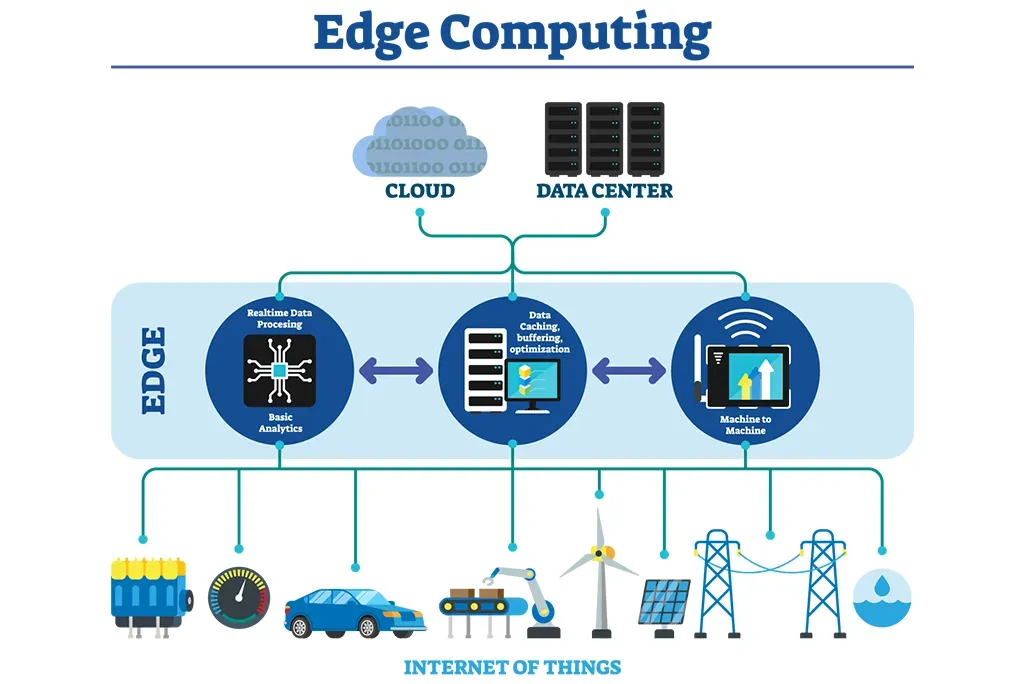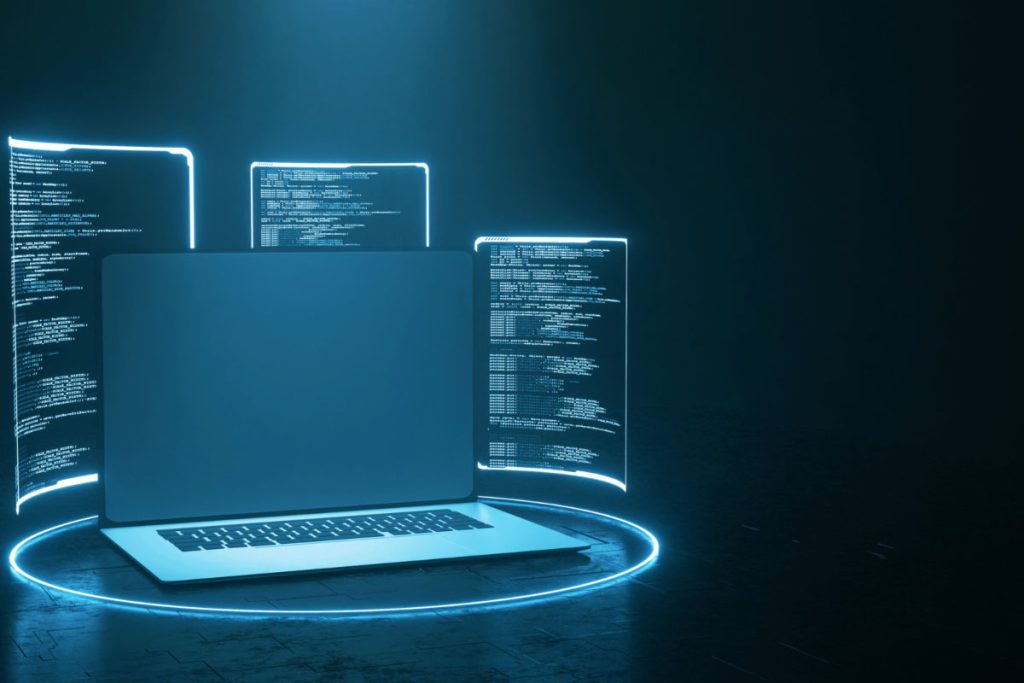Edge Computing and Software describe a strategic shift toward running computation closer to where data is produced and acted upon. As sensors, cameras, and autonomous machines proliferate, the volume of data generated at the edge grows, and so does the value of processing that data locally. Edge computing enables real‑time analytics, low latency decisions, and reduced dependence on centralized data centers, a field often described as IoT edge computing. For software teams, this trend demands designs that can operate across heterogeneous hardware, tolerate intermittent connectivity, and coordinate with edge architecture and edge-to-cloud integration when needed. In short, Edge Computing and Software is about bringing computation to the edge without sacrificing software quality, security, or scalability, with edge design patterns guiding disciplined implementation.
Beyond the terminology, peripheral computing and local processing describe the same idea as edge computing, bringing compute and intelligence closer to devices and gateways. Near‑edge analytics, on‑device inference, and lightweight services illustrate how workloads can run on heterogeneous hardware while preserving data locality. This approach supports resilience and privacy by minimizing data transfer and enables a coordinated, cloud‑connected architecture. In practice, designers translate these concepts into patterns like edge‑first microservices, local state management, and secure edge‑to‑cloud orchestration. Together, these terms and patterns guide teams to build systems that respond quickly at the edge while still benefiting from centralized governance and analytics.
Edge Architecture and Design Patterns for Real-Time IoT Edge Computing
A robust edge architecture serves as the backbone for deploying compute, storage, and intelligence close to data sources. By embracing hardware heterogeneity, gateway orchestration, and modular software, organizations can run analytics and microservices on devices, gateways, and local clusters while maintaining a coherent connection to cloud services. This approach leverages lightweight containers, edge runtimes, and resilient communication to ensure predictable performance despite diverse hardware and intermittent connectivity, enabling IoT edge computing to scale across sites.
Adopting edge design patterns—such as edge-first microservices, containerization at the edge, and event-driven architectures—helps teams cope with limited resources and network variability. Stateless services with local state replication, deterministic synchronization, and offline operation support reliable operation even when the cloud is temporarily unreachable. The goal is to preserve cloud-like agility at the edge while keeping data locality, security, and governance intact through well-defined APIs and robust deployment strategies.
Edge Computing and Software: Integrating Edge Architecture with Cloud for Seamless Edge-to-Cloud Operations
Edge Computing and Software represents a holistic approach that aligns edge capabilities with centralized cloud infrastructure. By balancing local processing with centralized orchestration, teams can minimize latency for time‑critical decisions while still enabling deep analytics, long‑term storage, and cross-site insights in the cloud. This requires careful edge-to-cloud integration, data governance, and observability so developers can test, deploy, and monitor consistently across devices, gateways, and cloud components.
Operational excellence in this space hinges on secure, scalable governance and a disciplined deployment model. CI/CD for edge software, automated testing on representative hardware, OTA updates, and reliable rollback mechanisms ensure safety and resilience. With strong edge security, transparent data handling, and end‑to‑end observability spanning edge and cloud, teams can maintain high reliability, track performance metrics, and continuously improve the software stack across the entire edge continuum.
Frequently Asked Questions
How does edge architecture influence software design for IoT edge computing and edge-to-cloud integration?
Edge architecture determines where compute, storage, and intelligence live—on devices, gateways, or local clusters—and how edge services coordinate with cloud platforms. In IoT edge computing, software must tolerate heterogeneous hardware, intermittent connectivity, and data locality while enabling real‑time analytics and minimizing cloud data movement. A well‑designed edge stack uses modular, lightweight edge microservices or containers, secure communication, and a central control plane to harmonize edge operations with cloud deployments, delivering consistent APIs and governance across the edge‑to‑cloud continuum.
What are the essential edge design patterns to enable reliable edge computing and smooth edge-to-cloud integration?
Key edge design patterns include edge‑first microservices that run at the edge and communicate via lightweight protocols, containerization at the edge for portability, and event‑driven architectures that respond to local data with low latency. Pair this with stateless service design and local state replication for resilience, and implement edge‑to‑cloud synchronization for long‑term analytics and cross‑site insights. Combine with robust security, observability, rollout/rollback strategies, and OTA updates to maintain reliability across devices, gateways, and cloud, supporting data locality and governance in the edge‑to‑cloud spectrum.
| Aspect | Key Points | Notes / Examples |
|---|---|---|
| What is Edge Computing and Software | Compute, storage, and intelligence near data sources (edge devices, gateways) to enable fast responses and reduce data movement to the core cloud. | Examples: gateways, local clusters; modular, event-driven, and resilient software stacks. |
| Why it matters | Delivers lower latency, reduces bandwidth use, improves resilience, and enhances privacy and governance by processing data locally when possible. | Use cases span industrial, consumer, and enterprise contexts with edge analytics and offline capability. |
| Architectural considerations | Handle hardware heterogeneity, data locality, and edge-cloud orchestration; include edge devices/gateways, runtimes, and control planes. | Key elements: data locality, lightweight runtimes, secure communication, and scalable edge-to-cloud orchestration. |
| Design patterns | Edge-first microservices, containerization at the edge, event-driven architectures, edge AI/analytics, and stateless design with local state replication. | Supports edge-to-cloud synchronization, canary/blue-green rollouts, and robust observability. |
| Security, privacy, and governance | Distributed security model with secure boot, device identity, encrypted channels, and auditable data handling across edge and cloud. | Regular updates, vulnerability scanning, data minimization, and regulatory compliance planning. |
| Data management & edge-to-cloud integration | Decide what stays local, what is summarized, and what is sent to the cloud; design for eventual consistency and policy-driven data sharing. | Governance: retention, encryption, and data residency rules; patterns include batched vs real-time streams. |
| Deployment, operations, and maintenance | Automated CI/CD for edge software, cross-platform builds, OTA updates with rollback, and comprehensive monitoring across edge and cloud. | Observability dashboards track latency, errors, uptime; runbooks for edge outages. |
| Real-world scenarios | Manufacturing floors with local inference and cloud-forwarding of only anomalies; smart city edge analytics for traffic and lighting. | Demonstrates improvements in safety, energy efficiency, and service quality with strong security and governance. |
Summary
The HTML table above outlines the core concepts of Edge Computing and Software, highlighting how near-data computation enables faster responses, reduced cloud dependence, and safer, more resilient systems across industrial, consumer, and enterprise contexts.



